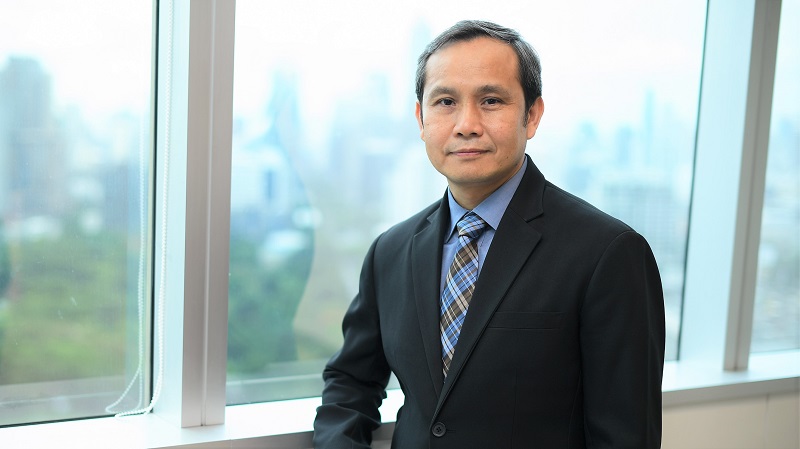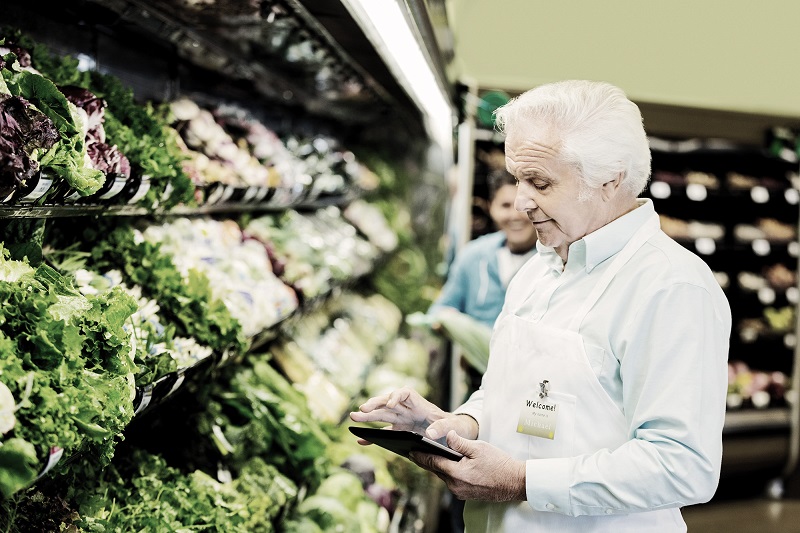Key Drivers and Trends for the Future of Food

by Montree Tuntithavorn, principal, consumer business, F&B industry, ABeam Consulting
There are three main drivers that are creating long-term trends in the Food Industry: Population Growth & Demographic Change, Climate Change, and Sustainability.
Population Growth & Demographic Change
At the moment, there are about 8 billion people on the planet. Even though it took many centuries for the global population to reach 2 billion people, there will be almost 10 billion by 2050. Within less than 30 years, our population will increase by around a quarter from now, and as a result, we need a considerable increase in the supply of food to meet market demands.
Southeast Asia's population will also increase by 100 million people in the following decades, although research shows that the population in Thailand will reduce by 4 million by 2050. Thailand will see crucial demographic change as the number of young people declines while the number of elderly increases from 6.3 million people to 15.4 million people by 2050. Thailand is becoming an aging society.
The impact of the world's increasing population will see a 70% increase in the demand for food by 2050. Imagine the tremendous amount of food that needs to be produced and supplied worldwide.
This creates an opportunity for Thailand to export more in addition to meeting domestic needs. But as the population decreases, Thailand could face a manpower issue. It can be predicted that robots will be needed for crop production, farming, and food processing until the end of the value chain. As a result, food manufacturers can expect revenue to grow due to population changes, demand, and product prices.
The food industry is not driven by population change alone, as lifestyle changes and trends impact the industry. For instance, new products like senior-friendly food are becoming more prevalent in an aging society. Also, new generation households now consider different kinds of food for specific purposes, such as stress reduction.
Digitalization also brings lifestyle changes as people spend more time on mobile phones than going out. This has seen online delivery services and eCommerce platforms become trendy. The digitalized trend will keep increasing in the future.
Food waste is another important factor, and currently 33% of food around the world goes to waste. This can be down to food supplied to the wrong place or being over-supplied. Around 17 million tons of food are consumed per year in Thailand and around 79 kg per person goes to waste. Compared to the global average of 74 kg per person per year, that's a lot. In Bangkok, more than 5,000 tons of food is wasted every day.

Climate Change
The impact of food waste can be directly linked to climate change as 26% of greenhouse gasses are contributed by the food industry. It can be broken down into several segments: 31% is from livestock & fisheries, 27% from crop production, 24% from land use, and 18% from the supply chain.
Thailand aims to solve this by committing to carbon neutrality by 2050 by eliminating carbon emissions and growing forests. Net-zero - not producing carbon at all – is targeted by 2065. Secondly, creating a Bio-circular green economy (BCG) needs to happen. Climate change also directly impacts supply chains due to lack of water, shrinking arable land area, heatwaves, and marine disease that reduces the yield of fisheries.
Sustainability
The third driver is sustainability, which is the balance between Social, Environmental, and Economic needs. When talking about the environment, it is not just making our industries carbon-free or carbon-neutrality. It means balancing the benefits that we contribute to our society by protecting and preserving the environment.
Based on an analysis of the sustainable food system and the sustainability index, 65% of global consumers look for products that can help them live a more sustainable and socially responsible life. In comparison, 60% want to buy from socially or environmentally responsible companies, and 54% try to buy from brands that take a stand on social or environmental issues. In Thailand, 65% of consumers want to positively impact the environment in their daily lives. However, just 35% of Thais look for sustainably produced products, but 65% are willing to pay extra if the product reduces plastic use and food waste.

Drivers create trends in the food industry
Personalization will be an important trend as today's consumers have changed. In the past, we said, ‘you are what you eat ‘, but today, people are more likely to ‘eat what they want to be’ as they consume based on their changing lifestyle needs.
"Health Intelligence" technology will support the personalization trend, and we will see products introduce nutrition tests to the customers. Unlike the annual health checkup, this test tells you what and how much food you need to consume. ‘Smart Kitchen/Dining Technologies will also be used to connect home appliances like ovens or refrigerators so they can collect information from people and use it to estimate market demand and supply specific products to individuals.
Food Delivery, supported by Digital Supply Chain technology, will be essential, and we may see drones deliver food to customers. The third trend is Alternative Sources, which will be important as demand keeps increasing while supply reduces, increasing the need for alternative food sources. Smart Farming will optimize and increase productivity by using digital technologies to analyze and optimize what and how much animals should be fed. This is already in place on fish, chicken, and pig farms. There are several technologies to prevent Food Waste that can be used in the digital supply chain to demand forecast and supply planning to optimize and reduce food waste. The last trend is Food Sustainability and Transparency. This means collecting information starting from farming and raw material input into the food processing, until delivering the product to the market and tracing the origin of food to measure sustainability and meet SDG and ESG goals. Each of these trends and technology solutions will drive our Food and Beverage Industries in the future.
ABeam Consulting Capability
At ABeam Consulting, we support the food and beverage industry from the beginning of the value chain until the end. In Thailand, we focus on developing Strategy, including Digital Strategy, Digital BPR, and Digital sales transformation. We can carry out a CIO Advisory that includes determining a digitalization Roadmap, providing Program/Project Management, and Robotic Process Automation (RPA) Implementation. We also provide Sales & Logistics, Financial Management & Control, and Human Capital Management support through digital technology implementation using enterprise resources planning (ERP) packages and can support advanced functions such as Smart Factory, Digital Supply Chain networks, Transportation Management, Digitalization of Sourcing, Managerial Reporting, and Digital Finance. We implement Data Analytic support to help design a data strategy assessment, Data management, and BI Implementation.
Finally, we can boost operational excellence to support outsourcing.
ABeam Consulting is ready to use its expertise to support food & beverage business customers in preparing for the future.
About ABeam Consulting (Thailand) Ltd.
ABeam Consulting (Thailand) Ltd. is a subsidiary of ABeam Consulting Ltd. – headquartered in Tokyo having 6,900 people serve clients throughout Asia, the Americas and Europe providing consulting services in Thailand since 2005, ABeam Consulting (Thailand) has more than 400 professionals serving clients in Thailand with expertise in business and digital transformation services that create the future together with corporations and other organizations. As a creative partner leading the way reliably through change, we contribute to industrial and societal change.
Please contact us at contactthailand@abeam.com or visit https://www.abeam.com/th/en for more details.


